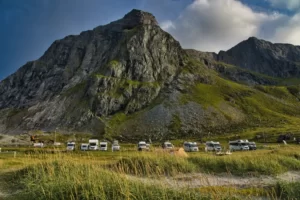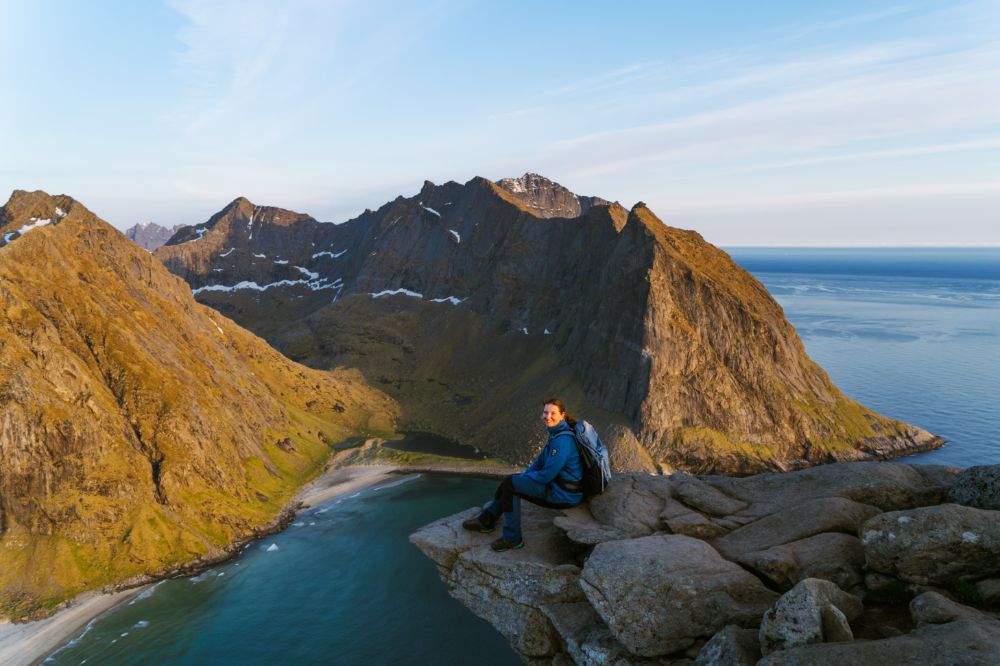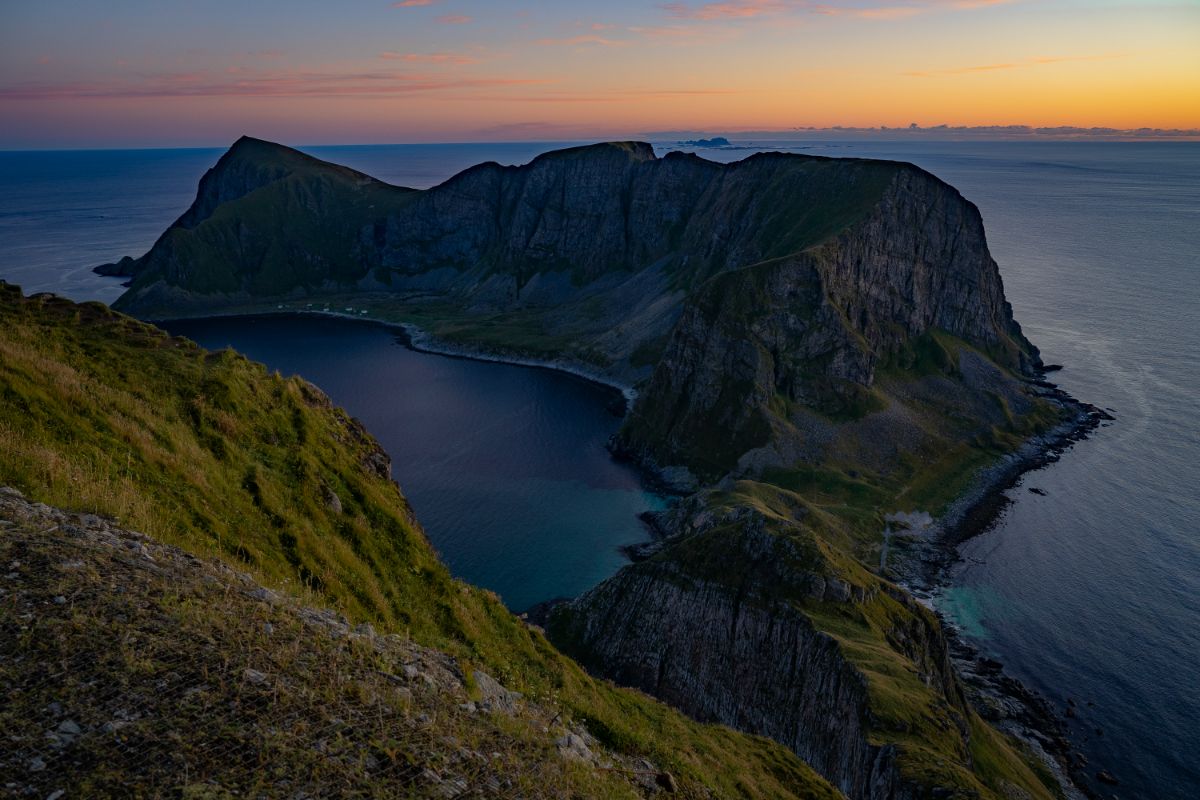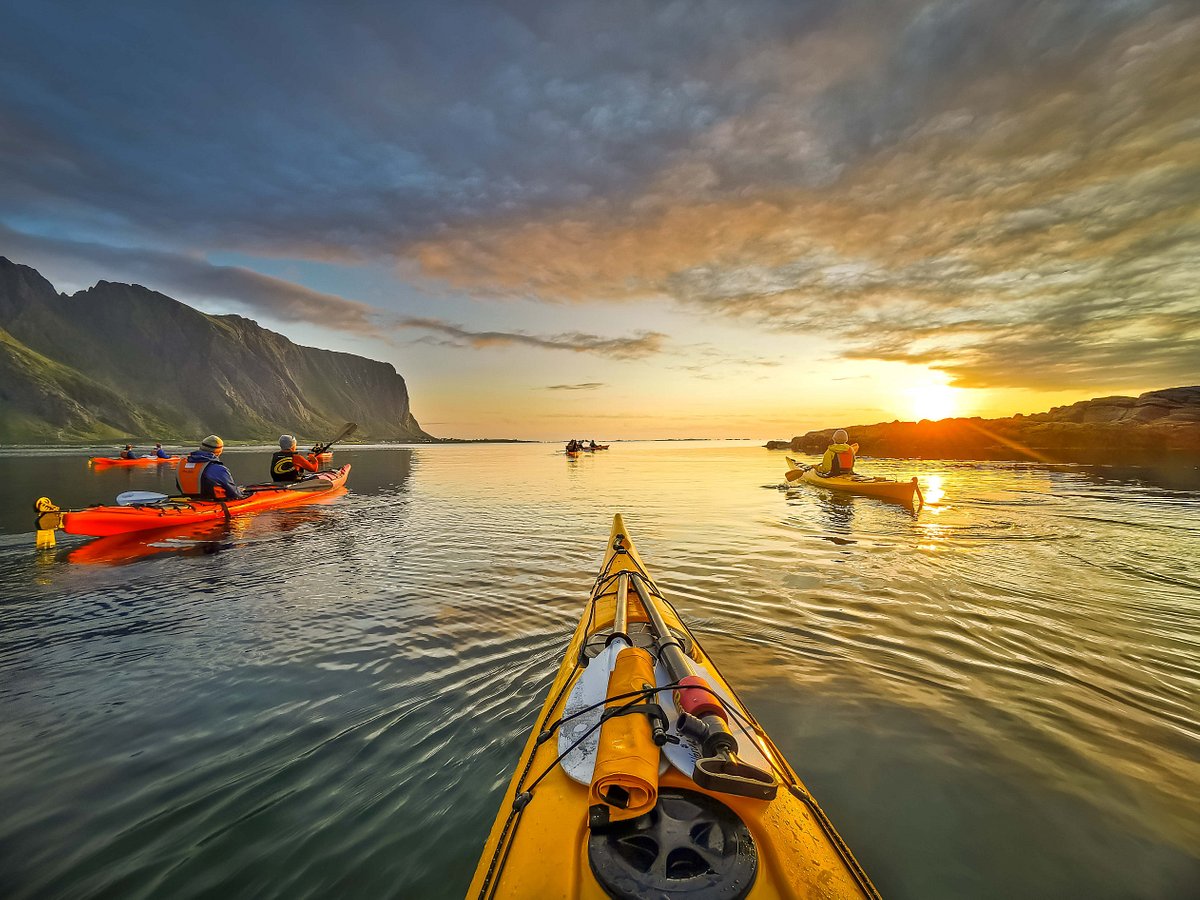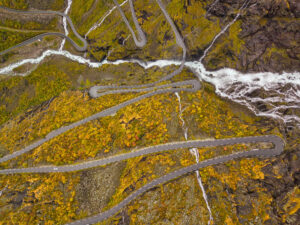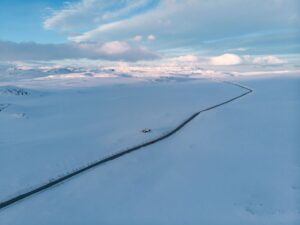Are there any midnight sun festivals in Lofoten?
While Lofoten is renowned for its Midnight Sun experience, there are currently no specific festivals or events directly celebrating the Midnight Sun or Midsummer, for that matter.
The region is more known for its natural beauty and outdoor activities that one can enjoy under the Midnight Sun, such as hiking or kayaking.
There used to be a small, family-size Midnight Sun festival on the island of Værøy, but it is not organized anymore.
Midsummer is a celebration of the upcoming summer, and Midsummer Eve is always a Friday between 19 and 25 June. However, Midsummer a big thing in Sweden, and it is rarely celebrated in Norway. There might be an informal bonfire on Skagsanden Beach, but most likely, there won’t be any midsummer celebrations in Lofoten.
However, while not technically a Midnight Sun or summer celebration, since it takes place at the end of July, you can enjoy some good vibes and a party atmosphere during the Trevarefest music festival in Henningsvær, organized by the guys from Trevarefabrikken.
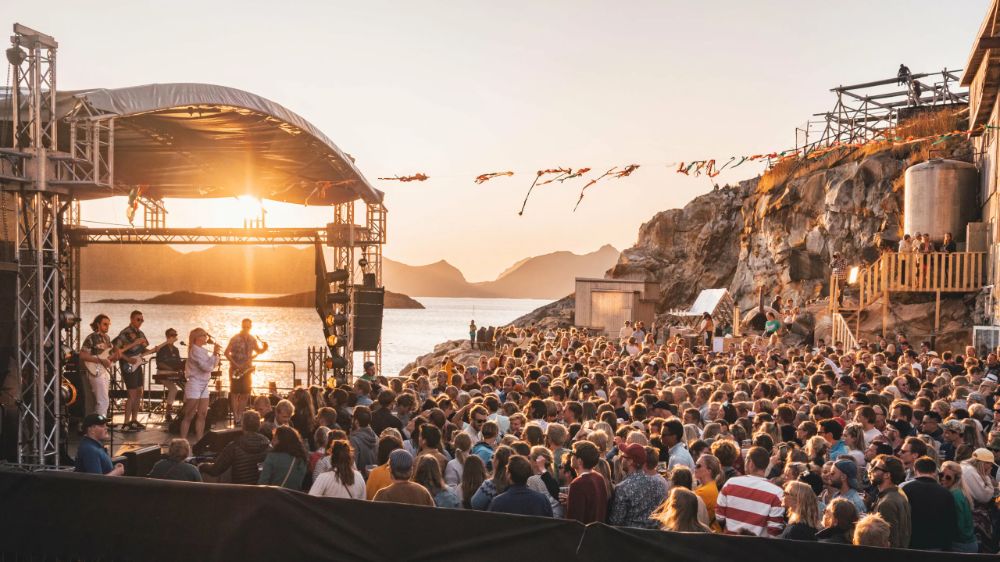
Trevarefest in Henningsvær
How do people sleep during the polar day?
If it’s your first time visiting the polar regions in the Northern Hemisphere during the summer, when sunlight is endless and darkness is nowhere to be found, you might struggle to fall asleep.
Our sleep-wake cycle is best regulated when we are exposed to daylight early in the morning and surrounded by darkness in the evening, which doesn’t happen in Lofoten during the summer. Well, it doesn’t happen in the winter either, as there is a roughly 5-week-long period of polar night when the Sun does not rise above the horizon.
While the long summer days can make you feel full of energy and optimism, leading to less sleep than usual brings the exact opposite. During winter, you may feel tired, cold, constantly hungry, and ready to go to bed as early as 3 pm.
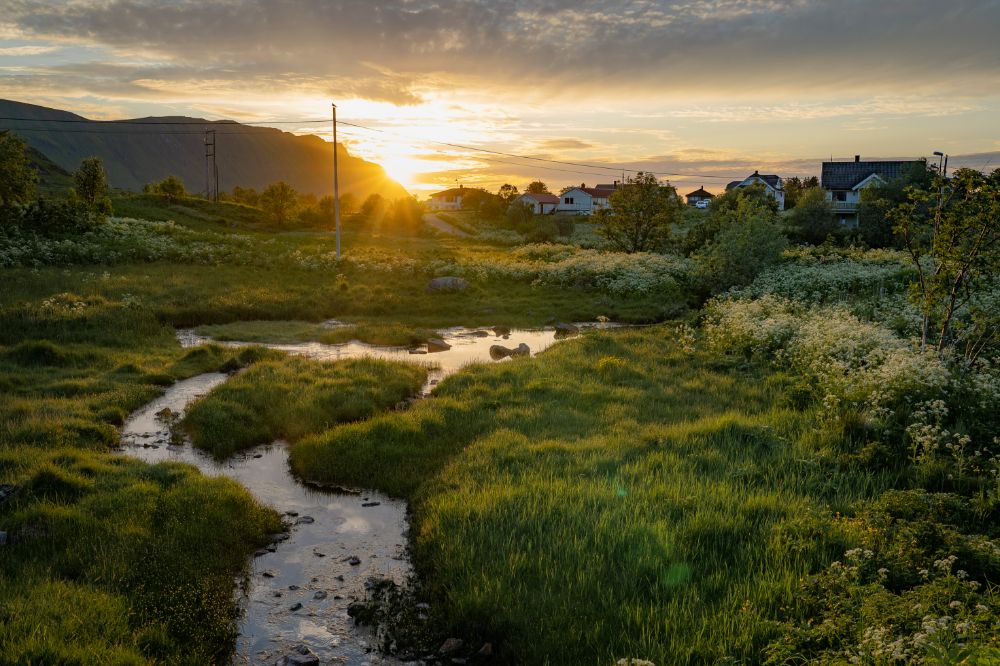
Fredvang at night
Why do people sleep less during the Arctic summer?
Melatonin is a hormone that helps control your sleep. When it gets dark, your body makes more melatonin, which makes you sleepy. During the day, sunlight tells your brain to make less melatonin, making you more awake. But in places where it’s light all day, like during the Midnight Sun in the northern hemisphere, your brain doesn’t make as much melatonin, making it hard to sleep.
For tourists visiting the region, the unusual daylight patterns shouldn’t pose any major issues – after all, you’re on holiday, and it doesn’t matter much if you go to bed at 4 am and don’t at 1 pm, right? Your body will adapt, and your internal clock will return to normal once you’re back home, where it should be night.
How do people living in the Arctic cope with the Midnight Sun?
What helps us deal with the lack of sunlight during the winter and the excess of it in the summer is sticking to a daily rhythm regardless of the amount of light.
This means that if it doesn’t get dark outside in the evening, you simply have to draw the curtains at a specific time and trick your body into thinking it’s dark.
Having good blackout curtains or a sleeping mask is essential. Some people also like to use earplugs, since the birds’ internal clocks (especially seagulls) are disrupted, too, and they can be pretty noisy throughout the night.
Personally, I’m not too fond of the Midnight Sun period, and every year, I count the days until it gets dark at night again. That is one of the reasons I love September so much. It has beautiful autumn colors, Northern Lights, and a normal distribution of light and darkness.
